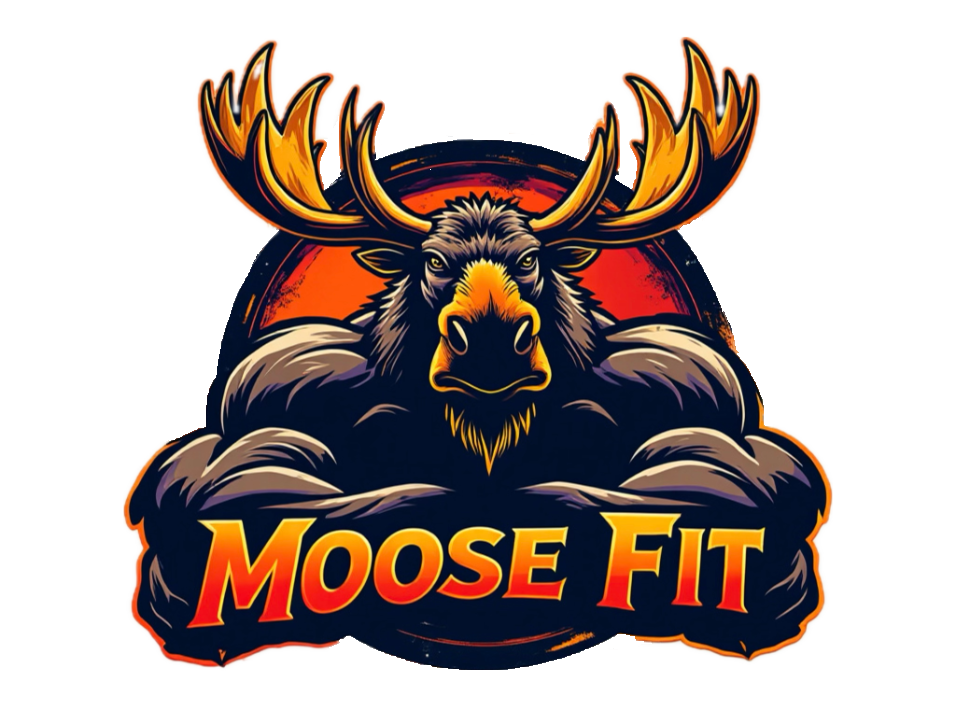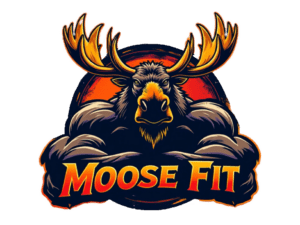Maintaining muscle mass is essential not just for aesthetics but for health, metabolic function, and overall vitality. When you’ve reached a phase where you’re not looking to increase muscle mass but instead maintain what you’ve built, understanding how much protein is required becomes crucial. This article delves into the factors that affect protein needs during maintenance and provides practical guidelines to help you achieve your goals.
The Role of Protein in Muscle Maintenance
Protein is a key macronutrient responsible for muscle repair and maintenance. During maintenance phases, your goal is to consume enough protein to support muscle recovery, prevent muscle breakdown, and retain the gains you’ve worked hard to achieve. Your body constantly goes through protein turnover—a balance of muscle protein synthesis (building new muscle proteins) and muscle protein breakdown. By supplying the right amount of protein, you help keep this balance tipped in favor of muscle maintenance.
How Much Protein is Needed During Maintenance?
The exact amount of protein varies based on individual factors, such as body weight, activity level, and age. However, there are general recommendations:
- Basic Maintenance Requirement: Studies generally recommend between 1.2 to 1.6 grams of protein per kilogram of body weight (or about 0.55 to 0.73 grams per pound) for those maintaining muscle mass.
- High-Activity Maintenance: If you’re highly active, or do resistance training multiple times a week, you might need on the higher end, around 1.6 to 2.0 grams per kilogram of body weight (0.73 to 0.91 grams per pound).
- Older Adults: Aging can increase protein needs due to a natural decline in muscle mass and a phenomenon called anabolic resistance, where muscles respond less effectively to protein intake. For older adults, maintenance levels may be best between 1.5 to 2.0 grams per kilogram (0.68 to 0.91 grams per pound).
For example, a 70 kg (154-pound) individual aiming for basic maintenance might need between 84 to 112 grams of protein per day, while a highly active person at the same weight may require up to 140 grams daily.
Factors That Influence Protein Needs During Maintenance
- Activity Level: Higher activity levels, especially strength training, demand a higher protein intake for recovery and preservation.
- Body Composition: Leaner individuals with a higher muscle-to-fat ratio may need more protein than those with higher body fat percentages to support muscle mass.
- Diet Composition: If you’re following a calorie-deficit or low-carb diet, your body may rely more heavily on protein to spare muscle, making adequate protein even more crucial.
- Age: As mentioned, age impacts protein needs, with older adults requiring more to counteract muscle loss associated with aging.
Timing and Distribution of Protein Intake
It’s not only about how much protein you eat but also about when and how you distribute it throughout the day. Studies suggest that distributing protein evenly across meals (e.g., breakfast, lunch, and dinner) maximizes muscle protein synthesis and reduces muscle breakdown. Aim for around 20-30 grams of protein per meal for optimal absorption and utilization. For those in a maintenance phase, including a post-workout protein boost can further help with muscle recovery.
Protein Quality: The Importance of High-Quality Sources
Not all protein sources are created equal. High-quality protein sources are those rich in essential amino acids, especially leucine, which is vital for muscle protein synthesis. Some excellent sources include:
- Lean meats (chicken, turkey, lean beef)
- Fish (salmon, tuna, cod)
- Dairy (Greek yogurt, cottage cheese, milk)
- Eggs
- Legumes and Plant-Based Options (for those on a plant-based diet, include a variety of protein sources to ensure a complete amino acid profile, such as beans, lentils, quinoa, and soy products like tofu)
Adding a variety of protein sources ensures you’re getting a balanced intake of amino acids, promoting muscle retention and overall health.
Signs You May Need to Adjust Your Protein Intake
While following general guidelines is a good start, listen to your body for signs that you may need to adjust. Indicators of insufficient protein intake during maintenance include:
- Unexpected muscle loss: If you notice a decrease in strength or muscle mass, it could be a sign your protein intake is too low.
- Slow recovery: If it’s taking longer than usual to recover from workouts, increasing your protein might help with muscle repair.
- Increased cravings or hunger: Protein helps with satiety, so persistent hunger could signal your body needs more protein.
Practical Tips for Meeting Your Protein Goals
- Plan meals ahead: Including a source of protein with every meal and snack can help you hit your daily targets.
- Consider protein supplements: If meeting protein goals through food alone is challenging, high-quality protein supplements (whey, casein, or plant-based) can be convenient options.
- Track intake: Using apps like MyFitnessPal or Cronometer can help track your protein intake and ensure you’re consistently meeting your goals.
Conclusion
Maintaining muscle during maintenance periods doesn’t have to be complex, but getting your protein intake right is essential. Aim for 1.2 to 1.6 grams of protein per kilogram of body weight daily, adjusting based on activity level, age, and individual needs. With an even distribution of high-quality protein sources throughout the day, you’ll set yourself up for success in preserving muscle mass and reaping the long-term benefits of your hard work.



Leave a Reply